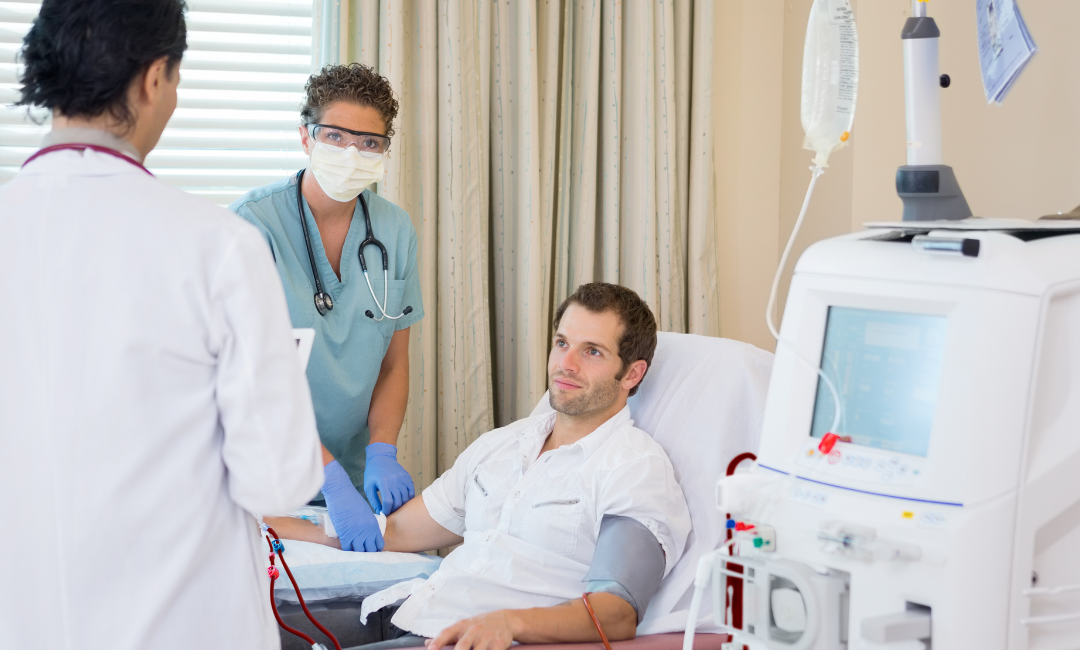Gastrointestinal Bleeding Clinical Manifestations
Each individual may experience varying symptoms related to gastrointestinal bleeding and it is important to understand the differences between acute upper gastrointestinal bleeding versus lower gastrointestinal bleeding.
Acute upper gastrointestinal bleeding can occur due to the following:
- Gastric or duodenal ulcers, including stress-related ulceration
- Nonsteroidal anti-inflammatory drugs (NSAIDs) – related to peptic ulcer disease
- Erosive or hemorrhagic gastritis
- Esophagitis
- Esophagogastric varices
- Mallory-Weiss tear that occurs due to increased abdominal pressure because of cough or vomiting. It can also lead to esophageal wall rupture.
- Liver disorders
- Neoplasms
Lower gastrointestinal bleeding can occur due to the following:
- Diverticulitis
- Infectious colitis or Crohn’s disease
- Neoplasms
- Polyps
- Hemorrhoids or anorectal disorders
- Bowel disease/trauma or ischemic bowel
- Eroding aortic aneurysm
The patient with acute gastrointestinal bleeding may present with the following signs and symptoms:
- Hematemesis – red or brown-colored vomit
- Melena- black and tarry stools
- Hematochezia – the presence of fresh blood from the anus (with or without the stool)
- Tachycardia with decreased pulse pressure
- Mean arterial pressure less than 60 mm of Hg
- Cardiac dysrhythmias
- Chest pain
- Tachypnea – difficulty breathing
- Confusion, lethargy, weakness, and pallor
- Decreased urine output and increased urine concentration
- Increased bowel sounds and diarrhea
- Diaphoresis
- Cool and clammy skin
- Stupor and coma (if the bleeding is large enough)
- Shock and multiple organ failure (severe blood loss)








